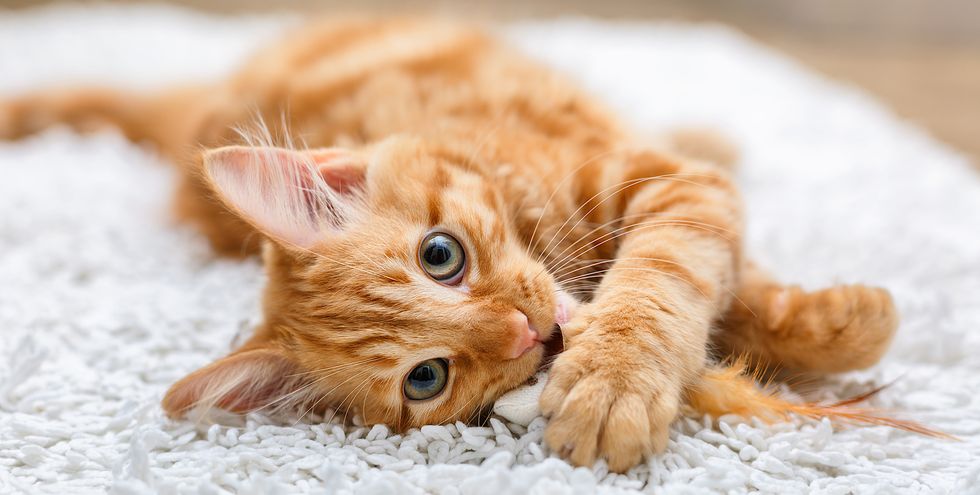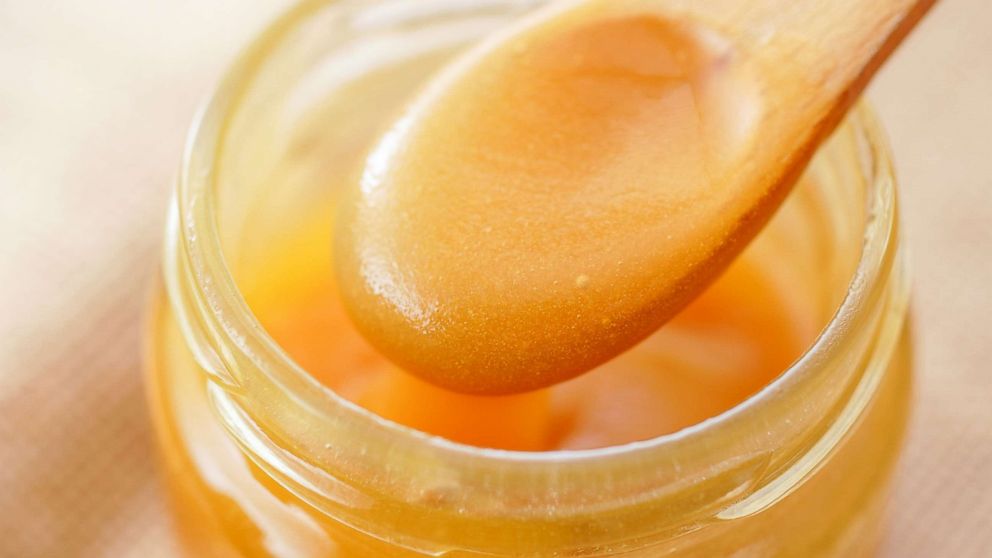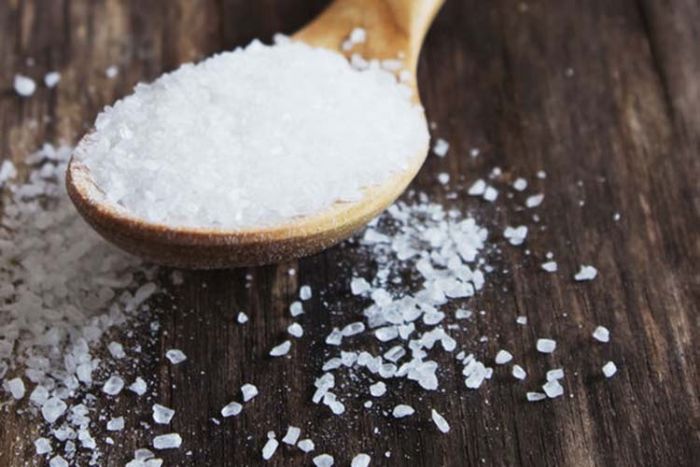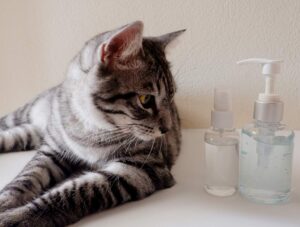How to make Homemade Antiseptic Solutions for Cat Wounds

When it comes to caring for your cat’s wounds, it’s important to use a solution that is both safe and effective. One option for treating cat wounds is to make your own homemade antiseptic solution. Not only can these solutions be made with all-natural ingredients, but they can also be more affordable than store-bought options. In this article, we will discuss several homemade antiseptic solutions for cat wounds that you can make at home.
DISCLAIMER: If your cat has been seriously wounded or is experiencing extreme discomfort (possible infection) seek professional medical help immediately. Home remedies are only suitable for minor cuts and scrapes.
Importance of Antiseptic Solutions for Cat Wounds
When a cat sustains an injury, it is crucial to take prompt action to prevent the potential development of an infection or abscess. Cats, due to their curious and adventurous nature, are particularly susceptible to complications arising from dirt, debris, or bacteria entering open wounds.
To safeguard your cat’s well-being, it is essential to thoroughly clean the wound using an appropriate antiseptic solution as soon as possible. This will help to eliminate any harmful microorganisms and reduce the risk of infection, promoting healing and reducing recovery time.
It’s also important to monitor the wound and check for any signs of infection or worsening of the wound, in case further treatment is needed. Usually, a wound will need to be cleaned many times until the wound has healed.
5 Awesome Homemade Antiseptic Solutions
Here are 5 awesome homemade antiseptic solutions you can use for your cat.

Option 1: Saltwater Solution
One of the most basic homemade antiseptic solutions for cat wounds is a saltwater solution. To make this solution, mix 1 teaspoon of salt with 1 cup of boiling water (or distilled water). Use a clean cloth or cotton ball to absorb some of the saltwater solutions, then gently clean the wound. Alternatively, you can gently pour the prepared solution over the wound to flush it out.
Saltwater is a natural antiseptic and can help to clean the wound and prevent infection. It also helps keep the surrounding area hydrated and speeds up the healing process.
Option 2: Pure Honey

Honey has been used as a natural antiseptic for centuries. To use honey on a cat wound, simply apply a small amount of honey directly to the wound and cover it using a gauze or dry cloth. Do not keep the wound covered for too long (bandaging a cat wound can have the opposite effect). Honey has natural antibacterial properties and can help to speed up the healing process.
You need to be careful about which honey you use. Store-bought honey is far too processed and lacks the medicinal qualities we are looking for. Raw Manuka Honey is a very popular choice, but you can also find other alternatives.
Option 3: Calendula

Calendula is a natural herb that has anti-inflammatory and antiseptic properties that can be used to make a homemade ointment for cat wounds.
To make the ointment, steep 2 tablespoons of dried calendula herbs in a cup of hot water for 10 minutes. Strain the mixture and allow it to cool. Then, mix the calendula tea with 1 tablespoon of beeswax and 1 tablespoon of coconut oil. Apply the ointment to the wound gently and then cover it with breathable gauze or dry cloth.
There are many different ways and alternate ingredients you can use to prepare Calendula ointment, so pick whichever you can get your hands on easier. In fact, you can also buy Calendula ointment if you don’t want to prepare it yourself.
Option 4: Chamomile Tea

Chamomile Tea is most commonly used for humans with upset stomachs. Surprisingly, it is also good for cat wounds as it can calm skin irritation and itchiness, and kill off yeast and bacterial infections. Most importantly, it does not damage any of the healthy surrounding tissue.
To make chamomile tea:
- Measure out 1-2 teaspoons of dried chamomile flowers and place them in a strainer or tea infuser.
- Bring 1 cup of water to a boil.
- Place the strainer or infuser in a cup and pour the boiling water over it.
- Allow the tea to steep for 5-10 minutes, or until it reaches your desired strength.
The best way to administer this is to use a spray bottle, which can evenly and thinly distribute the tea across the wound.
Option 5: Epsom Salt

Epsom salt is excellent for swollen wounds and soothing pains. It’s also very easy to prepare and administer.
Simply dissolve the salt in warm water, then soak a clean cloth inside the mixture for a few seconds. Now apply this cloth to the affected area for about 5 minutes. You need to repeat this procedure at least 3 times a day until the wound/swelling improves.
Remember that Epsom Salt is mainly for soothing, pain relief, and accelerating healing. It is not a cure. If your cat is suffering from a severe infection or serious wound, you need to see a vet.
Hopefully, this article will prove to be useful to you and you now know how to make several homemade antiseptic solutions for cat wounds.


